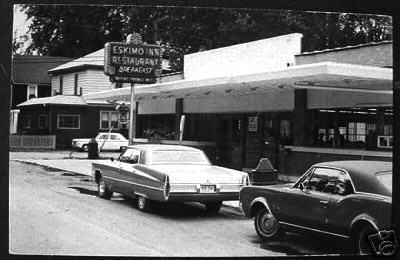Related Articles
Forty Years: The Story of EMQ
Evangelical Missions Quarterly was conceived in an ice cream shop called the Eskimo Inn at Winona Lake, Indiana.
50 Years of EMQ: Looking Back and Forward
The Evangelical Missions Quarterly was conceived in an ice cream bar called the Eskimo Inn at Winona Lake, Indiana. After the day’s evening session at the first joint meeting of the Evangelical Foreign Missions Association (EFMA) and the Interdenominational Foreign Mission Association (IFMA) in October 1963, a small group of us sat around the table talking about what we would like to see as lasting outcomes of this historic gathering.
Welcoming the Stranger
Presenter: Matthew Soerens, US Director of Church Mobilization, World Relief Description: Refugee and immigration issues have dominated headlines globally recently. While many American Christians view these…
Brian McLaren’s Contextualization of the Gospel
A distinguished professor of missions shares how the Emergent Church Movement and the beliefs of one of its best-known supporters, Brian McLaren, differ from traditional IFMA beliefs.
Brian McLaren’s Contextualization of the Gospel
A distinguished professor of missions shares how the Emergent Church Movement and the beliefs of one of its best-known supporters, Brian McLaren, differ from traditional IFMA beliefs.


